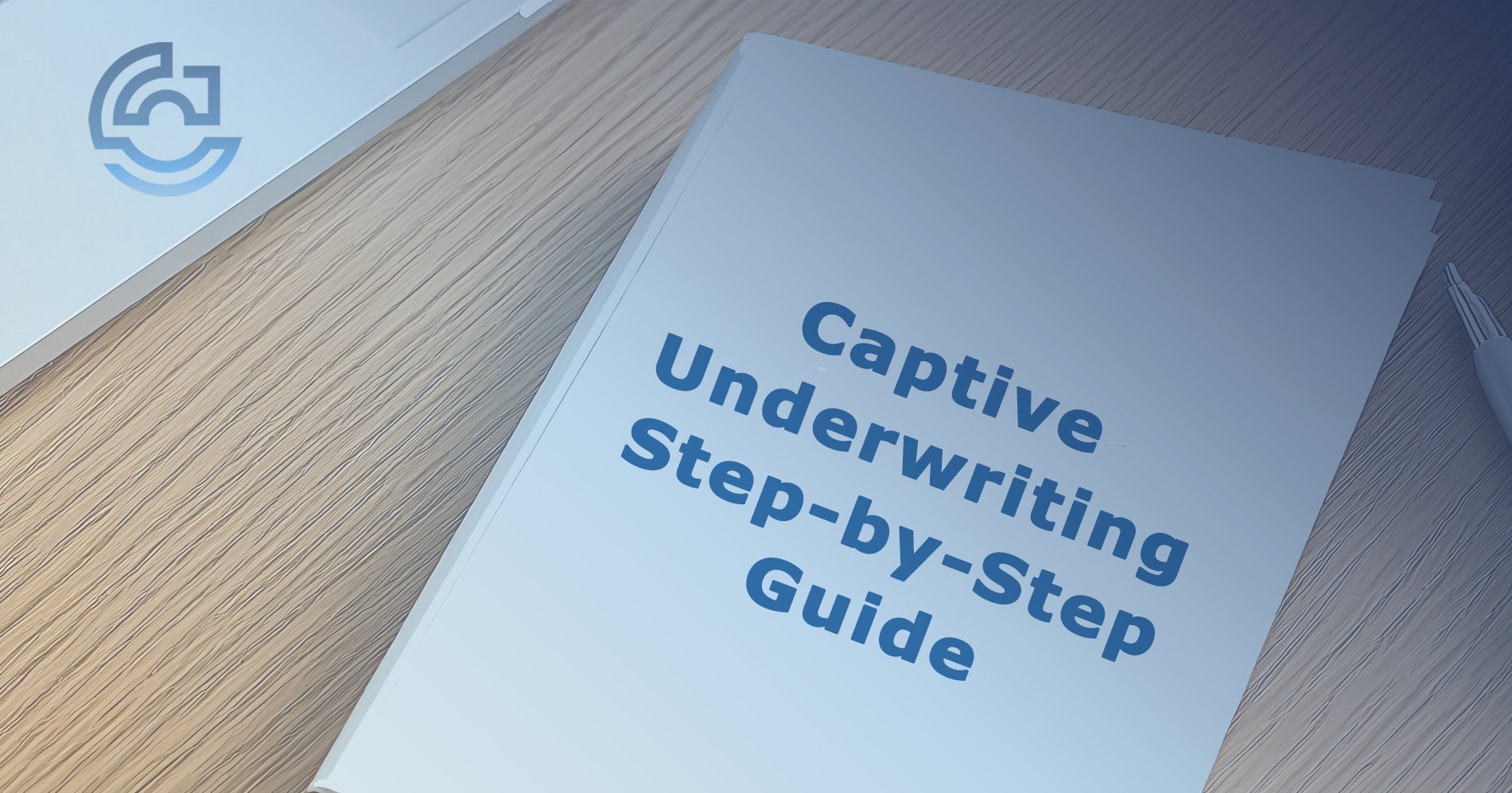

May 12th, 2025
3 min read

If your clients are considering captive insurance, you know they need to be prepared for a rigorous underwriting process. The best way to set them up for success is by guiding them through an audit of their existing risk management program. This audit will give you, your client, and the captive risk committee a clear picture of how well their business controls risk.
This guide will provide you with a simple, step-by-step approach to help your clients prepare for captive underwriting.
Captive underwriters want to know if your client’s low claims come from intentional risk management or just good luck. Your client will need to demonstrate:
Captives are about taking control and responsibility to reduce their premiums. Your clients are shifting from the insurance buyer mindset to thinking like an insurance company owner.
The captive risk committee will immediately determine whether the business has the right mindset. You’ll want to help your client consider:
Make sure leadership is bought in. Captive committees spot hesitation quickly.
Help your client audit their risk management program. Captives' underwriters want to see that your client’s positive loss history results from a solid and deliberate safety and risk management program. Not just luck.
Guide your client through a systematic audit that includes:
Don’t wait until underwriting requests six years' worth of loss runs, policies, and audits. Have these early to spot gaps. Read our article on the 5-5-5 Program to understand why this information is important.
Captive underwriters want to see a business that’s thinking 3, 5, or even 10 years ahead. Help your client craft a strategy that:
After the audit, you’ll need to help your client put together a clear, organized presentation of their risk management program. The underwriter wants to see your client’s future plans.
This is your client telling the underwriters, “We’re ready, and here’s the proof.”
This narrative should address:
Underwriters want honesty. Acknowledge past weaknesses and show that they’ve been addressed.
Your client will be ready to answer these questions that the committee will ask:
The final step is helping your client mentally and operationally transition from being a passive insurance buyer to an active risk owner.
Make sure your clients:
By helping your client through this process, you’re helping them become a captive owner and improve their business. This benefits everyone:
Help your best clients take the next step toward captive ownership, both mentally and financially.
Read our article on the upfront costs of joining a captive insurer so you can help them understand the financial commitment they’ll need to make.
Finally, use the Captive Insurance Assessment Tool to see if your client would be an ideal fit for captives.